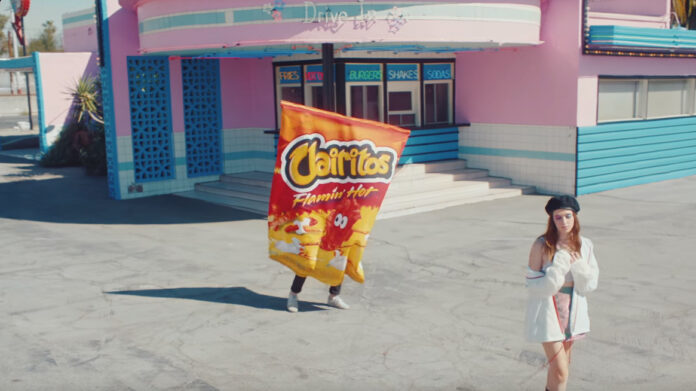“The Dire Consequences of a Bag of Cheetos in a Cave” Transcript
“SCOTT DETROW, HOST: The Cheetos slogan, dangerously cheesy, took on a whole new meaning this summer after an incident at Carlsbad Caverns in New Mexico. A visitor dropped a bag of Cheetos off the trail and left it there. And for context, food is not allowed inside the caverns. But what happened next, Carlsbad Park rangers said, could be a, quote, “world-changing event.” Within hours, the processed corn from the Cheetos created the perfect environment for chaos. Mold formed everywhere – on the cavern floor, on nearby cave formations. Critters like crickets and mites and spiders flocked to the bag, and then the contamination spread.
ROBERT MELNICK: My reaction was, oh, come on, folks. Even if it was an accident, how could people bring something like that into the cave?
DETROW: That’s Robert Melnick. He’s a professor emeritus at the University of Oregon, and for the last few years, he’s been studying the cultural landscape of Carlsbad Caverns. That basically means how humans have interacted with the caves over time. He spends a lot of time thinking about mold.
MELNICK: The caves are a very, very sensitive environment, and they have the capacity to generate mold, which will then detract from other resources.
DETROW: Melnick has been studying the interaction between humans and national parks for over 40 years. One big trend he’s identified…
MELNICK: There are more people who bring more things into the parks. You find a lot of, frankly, trash in every park. People drop stuff. They leave stuff.
DETROW: The National Park Service says visitors generate more than 70 million tons of trash every year. That’s in the face of a decades-long campaign urging people to leave no trace. Melnick’s job is to tell national parks how to navigate the human factor, meaning protecting the landscape while keeping it accessible.
MELNICK: We look at the walkways. We look at the handrails. We look at the benches. We look at the walls. They really are taking this on and saying, how can we make sure that the caves don’t deteriorate into the future?
DETROW: It’s a big question, but one thing is for sure, the answer does not involve Cheetos.” (Detrow, 2024).
.
REVIEW
My mother was listening to NPR on the way home from work when she heard this short news story. Afterwards, she called me to let me know that it sounded like something I would love to read about in relation to this project. She was right! I thought this would be cool to put in my science section, as I had not considered the biological process and impact that food items have on nature. Cave systems have a fragile environment, so it is easy to see quickly the impact something as simple as Cheetos can have on the entire ecosystem. Above ground is less fragile, but also has way more junk all over it. This breaks down, seeps into the ground, and attracts all kinds of nasty creatures. This content is good for me to understand the implications of the problem that ODNR provided for me. Why am I even researching waste management? These examples ground me and allow me to understand the depth of the issue at hand.
REFERENCES
Detrow, S. (2024, September 14). The dire consequences of a bag of Cheetos in a cave. NPR. https://www.npr.org/2024/09/14/nx-s1-5111577/the-dire-consequences-of-a-bag-of-cheetos-in-a-cave
NPR. (2018, March 13). “Clairo dances with “Flaming hot cheetos” in new video“. NPR. https://www.npr.org/2018/03/13/592947785/clairo-dances-with-flaming-hot-cheetos-in-new-video




